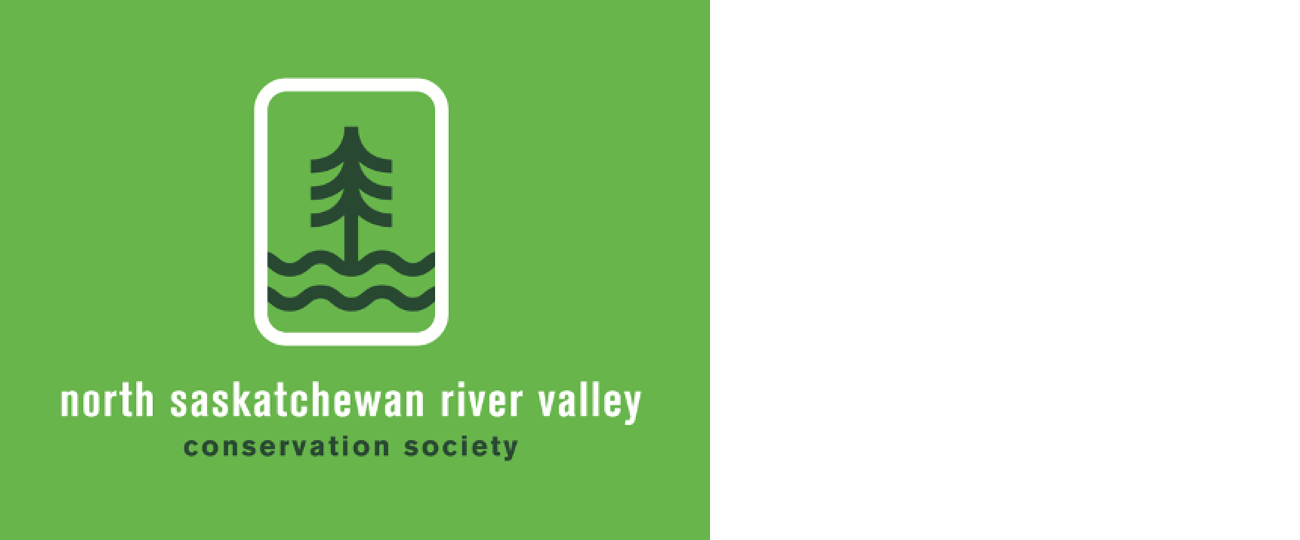Hotel Selkirk, past employer of the toughest bartenders and bouncers
C.W. Mathers photo
When the Hotel Selkirk first opened as the Windsor Hotel in 1903, most thought it was doomed. The 40 room hotel was built on Jasper Avenue and 100 Street, which is now the centre of the city. But back in 1903, this was considered the edge of town, as it was several blocks west of what was then Edmonton’s core. However, as time went on Edmonton grew explosively, and it wasn’t long before the intersection where the Selkirk was located became the city’s busiest.
In 1911, Robert MacDonald purchased the Windsor Hotel and immediately started extensive renovations. When it reopened in 1913, MacDonald had expanded it to 100 rooms and changed its name to the Hotel Selkirk. It contained a massive dining room that, according to MacDonald, served up to 600 patrons each day. Johnson’s Café opened in the hotel in 1920 and quickly became a regular haunt for many Edmontonians.
The Mahogany Bar was also a big part of the hotel’s draw. The pub got its name from the mahogany wood used to craft a bar that was claimed to be the longest in the country. The pub also boasted likely the toughest bartenders and bouncers in the city. MacDonald had a side gig as a boxing promoter and often employed his fighters at the bar between fights or after retirement.
For half a century, the Selkirk continued to be one of Edmonton’s favourite spots. But in 1962, a fire tore through the building. Hundreds of people came out to watch the prestigious hotel burn. Despite the efforts of a reported 450 firefighters, the hotel was heavily damaged. It was torn down several months later. The Royal Bank Building now occupies the former site where the Selkirk once stood. Today, Hotel Selkirk lives on through a re-creation that stands in Fort Edmonton Park, which gives people a chance to see the hotel that helped shape Jasper Avenue. https://edmonton.taproot.news/briefs/2025/01/10/a-moment-in-history-jan-10-1916
Contractor hired by the city responsible for killing 25 coyotes in 2024
Larry Wong photo
Edmonton Journal recently shared that in 2024, 25 coyotes were killed by an independent contractor hired through the city. The article also showcases that 100 more coyote sightings were reported by the public last year than in 2023, but the vast majority of encounters were not aggressive.
The city tries to avoid killing wildlife by adopting a few strategies. This includes helping coyotes learn to stay away from people by “hazing” or scaring them off by yelling or clapping. It also means teaching people to remove any food sources and fill holes that could be used for dens on their properties and keeping dogs on leash. Launching plastic bullets, specifically inert pepper balls without the active itching ingredients, is the latest method available for Edmonton park rangers.
The Edmonton River Valley Conservation Coalition (ERVCC) had a few thoughts about the city hiring a contractor to kill coyotes. They share that coyotes belong on this land, especially in the river valley and its surrounding parks and neighbourhoods. They have an intrinsic right to be here, and they furthermore perform all kinds of important “ecosystem services” that we benefit from, including helping to control mouse populations.
ERVCC believes that instead of hiring someone to kill coyotes, the city should be taking a lead in education and enforcement to manage ourselves better. The organization has long advocated for national parks-style garbage cans in the river valley, for a trap-neuter-release program to humanely bring down the out-of-control feral cat population (estimated at over 60,000), and for a review of the wildlife impacts of unenclosed off-leash dog parks in the river valley. https://mailchi.mp/1c7a2c4cbeff/what-you-need-to-know-for-february-16573726?e=efc4639c49
Chickadee, magpie and blue jay make top three finalists for Edmonton’s city bird
Gerald Romanchuk, Ethan Denton, Chris Rees photo
More than 300 bird species have been recorded in Edmonton. Some live here year-round, while others just visit when migrating to and from their breeding territory. Last year, the Edmonton Nature Club consulted hundreds of local naturalists and members of the public to see which of these birds should represent our city.
Thousands of votes were cast in this first round, and the list has now been narrowed down to Edmonton’s top 3 choices. In no particular order, the three candidates are the Boreal Chickadee, the Black-billed Magpie, and the Blue Jay. These three birds are all found in many Edmonton neighbourhoods and natural areas throughout the year.
Everyone in the Edmonton area, of any age, is invited to cast one vote for their favourite candidate. By taking part in choosing a bird to represent our city, you will be raising awareness about how important urban wildlife and biodiversity is and celebrating Edmonton's birds. The final round of voting will be open until March 31, 2025. To learn more about these three candidates and vote for your favorite, visit this link: https://www.birdfriendlyedmonton.org/city-bird-vote-final-round.html
January 9 Issue
Makere wrote “Loving this edition so much! Thank you!”
Kennedale Eco Creatures by Brandon Blommaert, Kennedale Eco Station https://www.edmontonarts.ca/public-art/kennedale-eco-creatures
Comment or Contributions
Please note articles may not reflect the position of NSRVCS. River Valley News is meant to be a clearinghouse for the variety of opinions and ideas about Edmonton’s River Valley.
Email river valley photos, event information, comments, or questions to nsrivervalley@gmail.com
Forward this link to anyone you think may want to sign up for this newsletter https://www.edmontonrivervalley.org/newsletter-signup





